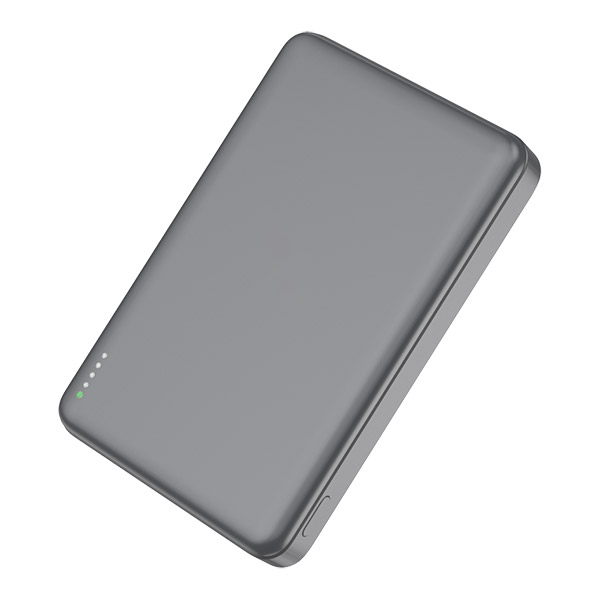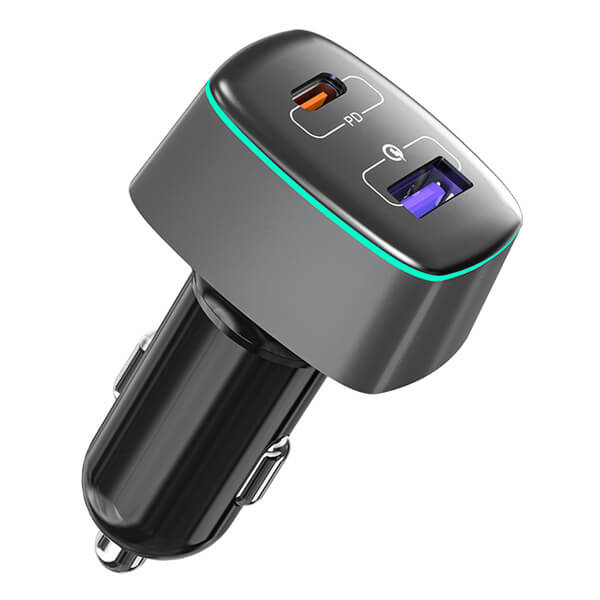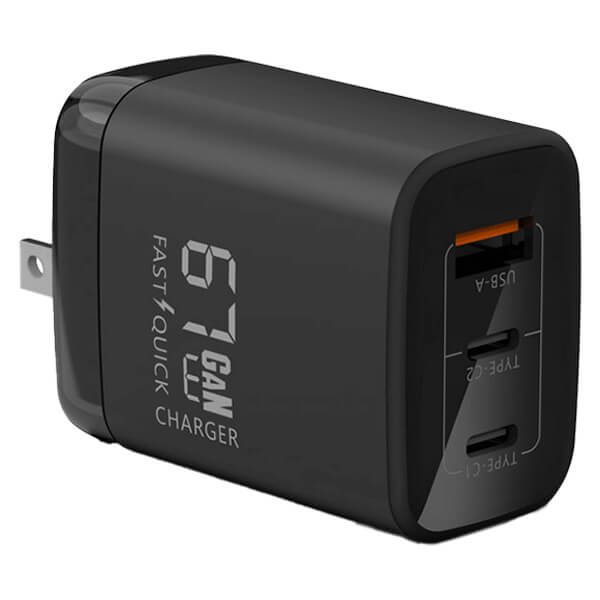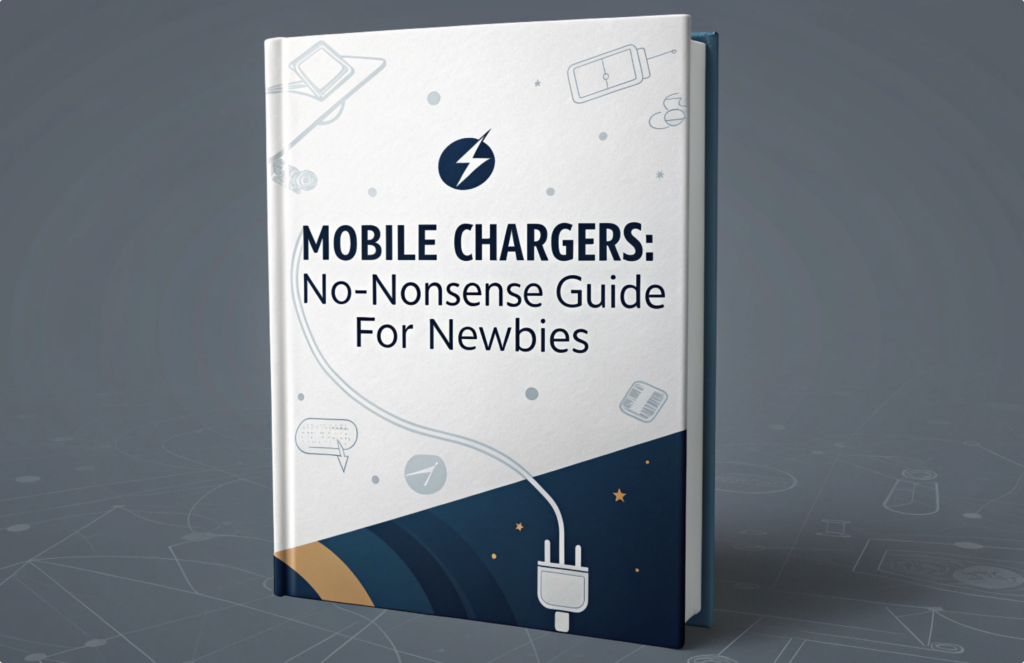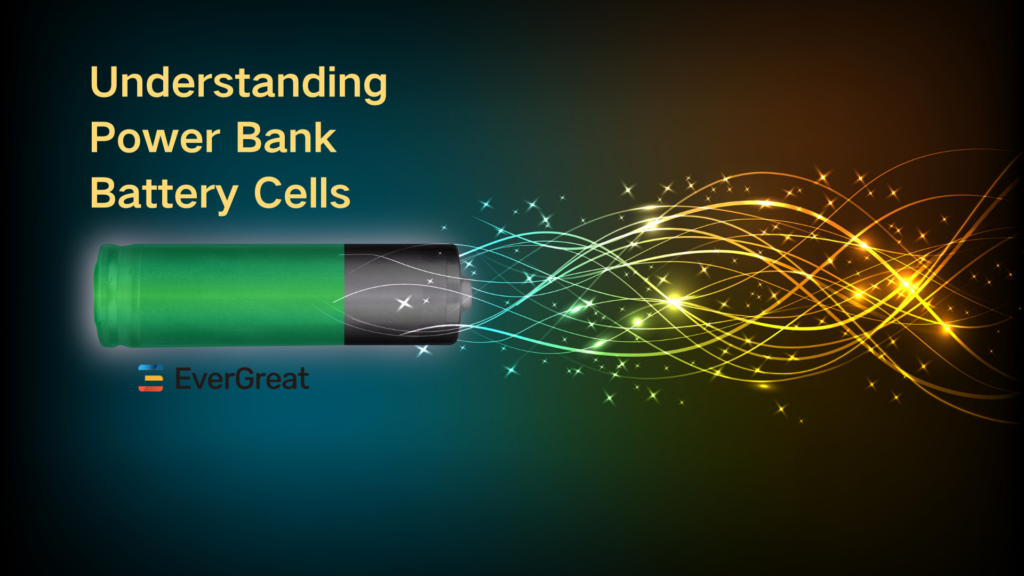
As air travel becomes increasingly common and our reliance on electronic devices grows, understanding the Transportation Security Administration (TSA) rules regarding power banks is crucial. These portable chargers are essential for keeping our smartphones, tablets, and other gadgets powered up during our travels. However, navigating the regulations can be complex.
Here are three TSA rules you need to know when it comes to bringing your power bank on a plane, along with additional details to help you travel confidently:
1. Power Bank Capacity Limits:
The TSA imposes specific regulations on the capacity of lithium-ion batteries, which are commonly used in power banks. These regulations are designed to mitigate the risks associated with transporting batteries with high energy densities. According to TSA guidelines, power banks with a capacity exceeding 100 watt-hours (Wh) are not permitted in carry-on or checked baggage without airline approval. Additionally, spare lithium-ion batteries with a capacity of more than 160 Wh are prohibited on aircraft. To determine your power bank’s capacity, refer to the specifications provided by the manufacturer. Most power banks list their capacity in milliampere-hours (mAh) or watt-hours (Wh) on the device itself or in the user manual. If your power bank exceeds the TSA’s capacity limits, you may need to make special arrangements with your airline or consider alternative charging solutions for your trip. It’s essential to check the capacity of your power bank before traveling to ensure compliance with TSA regulations.
2. Carry-On Baggage Only:
When traveling with a power bank, it must be carried in your carry-on baggage rather than checked luggage. This rule is in place to ensure that any potential issues with the power bank can be quickly addressed by airline personnel if necessary. Keeping your power bank in your carry-on bag also allows you to keep it easily accessible during your flight, so you can charge your devices as needed without having to access your checked baggage. When packing your power bank in your carry-on bag, consider placing it in a protective case or pouch to prevent damage and avoid accidentally activating the power button or ports. Additionally, ensure that your power bank is easily accessible for security screening purposes.
3. Additional Screening Procedures:

Because power banks contain lithium-ion batteries, they may be subject to additional screening procedures at airport security checkpoints. TSA officers may ask you to remove your power bank from your carry-on bag and place it in a separate bin for X-ray screening. If your power bank resembles a prohibited item or raises concerns during screening, TSA officers may conduct further inspection or ask you questions about the device’s function. Cooperate with TSA officers and follow their instructions to expedite the security screening process.
Non-US Airlines and International Airports’ Regulations for Battery Packs:
It’s essential to note that regulations regarding power banks may vary for non-US airlines and at international airports. While many countries adopt similar guidelines to those of the TSA, there may be differences in specific rules and restrictions. Before travelling internationally, especially if you’re flying with a non-US airline or departing from an international airport, it’s advisable to familiarize yourself with the battery regulations of the airline and airport you’ll be using. You can typically find this information on the airline’s website or by contacting their customer service department.
Pre-flight Checklist for Power Banks
The following list may look a bit daunting at first sight, but it does not take too much time to go through each item. And it might save your device from being confiscated.
- Make sure your power bank is under the 100Wh limit.
- If your device is between 100Wh and 160Wh, ask for a permit before flying.
- Do not take more than two power banks within 100Wh and 160Wh with you.
- Make sure that your device has a power output sign on it.
- Pack your power bank in your carry-on luggage.
- To prevent short circuits, keep spare batteries in their original packaging, a battery case, or a separate pouch or pocket.
- Make sure the power bank cannot be accidentally switched on.
- Contact your airline before the flight and ask about their restrictions.
- Check with the on-route airports and ask about their restrictions.
Bringing your power bank on a flight can be convenient, but it’s essential to understand and adhere to TSA regulations to ensure a smooth travel experience. By familiarizing yourself with these three key guidelines, you can confidently pack your power bank for your next journey, keeping your devices charged and ready to go. Safe travels!

